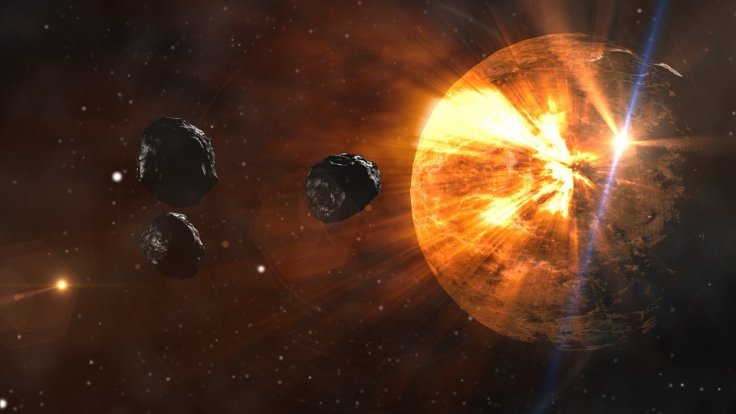Scientists from the Netherlands developed a new system that uses artificial intelligence to detect asteroids that could collide with Earth. They said it is more effecting at tracking near-Earth objects than NASA's asteroid tracking system
Sentry is NASA's asteroid impact monitoring system. It basically keeps track of asteroids that could hit Earth in the future. Unfortunately, according to scientists from the Leidan University in the Netherlands, Sentry is not very accurate when it comes to detecting potentially hazardous asteroids. This is mainly due to the method that NASA relies on when monitoring space rocks.

Sentry And The Monte Carlo System
As noted by the scientists, NASA's Sentry uses the Monte Carlo system, which works by creating a simulation of the thousands of asteroids moving around in the Solar System. Through these simulations, Sentry is able to determine which ones are on possible collision courses with Earth.
Unfortunately, the scientists noted that this system is already outdated and cannot accurately predict the movement of asteroids. According to the scientists, it fails to take into account the unpredictable movements of space rocks.
"The method adopted by NASA is particularly ill-suited for calculating the impact probabilities of such uncertain orbits," the researchers wrote in their study, which was submitted for publication through ArXiv.org. "As a consequence, these objects are the most likely to be overlooked as potentially hazardous objects."

Hunting Asteroids With AI
As a better alternative to Sentry, the scientists developed the Hazardous Object Identifier (HOI). This system relies on artificial intelligence to accurately analyze the trajectories of asteroids. Through the data collected by, the scientists were able to identify 13,258 potentially hazardous asteroids, which are capable of making dangerous near-Earth approaches.
From this group, HOI predicted that 4,472 asteroids will fly past Earth from a distance of fewer than five million miles within the next 1,000 years. In addition, the system identified 11 asteroids that will approach Earth within three million miles.
Protecting Earth From Asteroids
According to the scientists, HOI can serve as an early warning system to protect Earth against asteroids. Through early detection, space agencies and governments can enact the necessary solutions to prevent a collision from happening.
"If a hazardous asteroid is identified early enough prior to impact, it would be possible to mitigate the impact by means of an appropriate space mission to alter the asteroid's orbit through a gravitational tugboat or by obliterating it with a nuclear warhead," the scientists stated.









